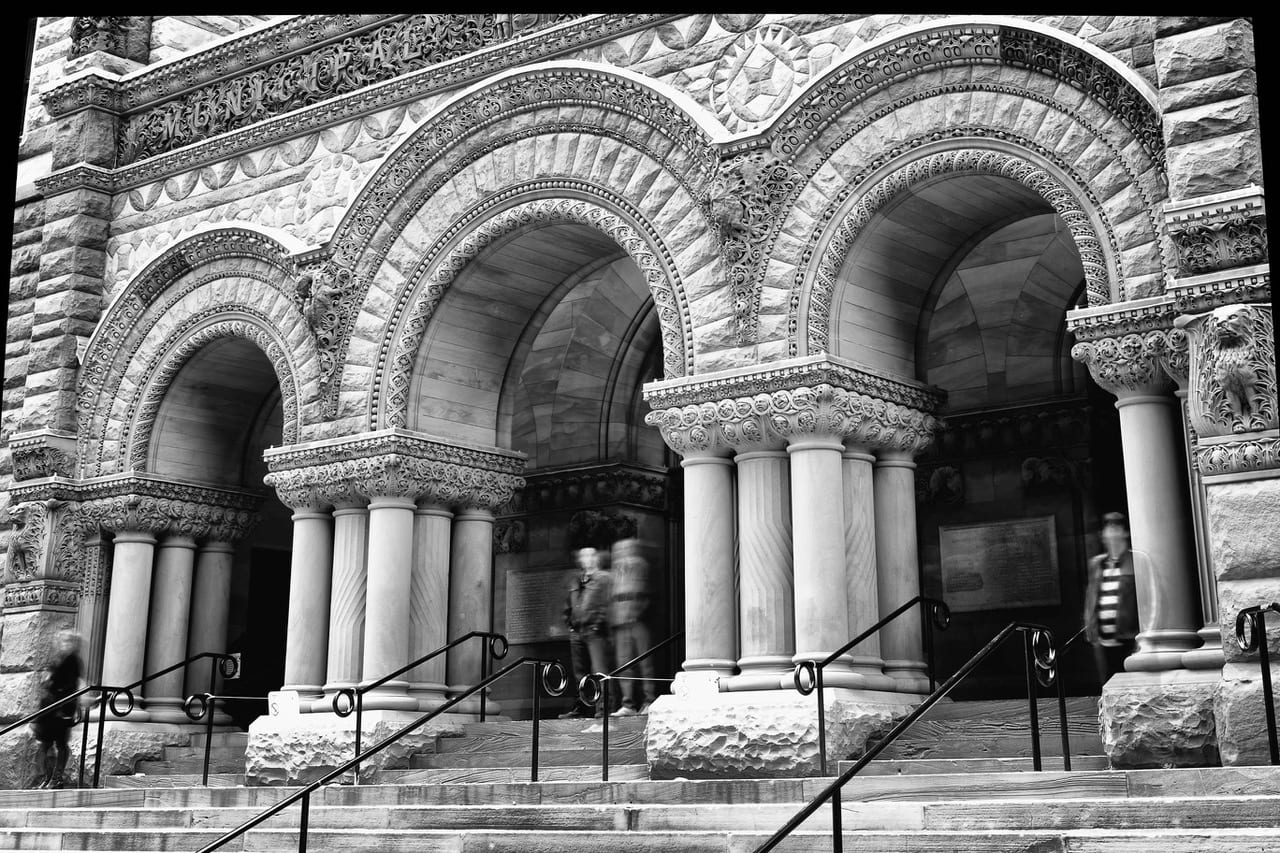The law of third party suspects in Canada.

The need for an air of reality to the defence.
On reflection, this prohibition makes sense and is consistent with a basic tenet that that no defence may be left with a judge or jury to consider, unless it has an “air or reality” to it. See: R. v. Cinous (2002), 162 C.C.C. (3d) 129 (S.C.C.); and R. v. Fontaine (2004), 183 C.C.C. (3d) 1 (S.C.C.).
What this means in simple terms is that it is improper to present a defence that it would be improper for a judge or jury to even consider. For example, if a person wished to raise a defence that an alleged victim “did not say no” in response to violent non-consensual intercourse, this would be improper to even consider as this is not a defence in law. Another example may be there a person wishes to present to the jury that they acted in self defence in a murder trial, yet the accused did not testify about why they felt their life was threatened and there was no other evidence to make such an inference. In short, there must be some degree of evidence that would support reasonable inferences towards the defence presented. The same requirement of an “air of reality” applies to “third party suspect” applications.
The test for introducing the if one of relevancy.
Provided there is an air of reality to the defence, the canonical case of R. v. McMillan (1975), 23 C.C.C. (2d) 160 (Ont.C.A.), aff’d, (1977) 33 C.C.C. (2d) 360 (S.C.C.) makes it clear that an accused is entitled to raise a third party as alternative to their own culpability. In assessing whether such an air of reality exists, the evidentiary test of relevancy must be established. This means that there must be some evidence connecting the third party and the crime. Also see R. v. Grandinetti, (2005) 191 C.C.C. (3d) 449, at paras. 46-48.
This “connection” or “nexus” will be assessed on a case by case basis. However, there must be more than simply animosity or propensity for violence of the third party will justify its admission alone. See R. v. Gandinetti, supra.
The evidence does not need to be direct evidence. Just as in any criminal case, facts may be sufficiently proven by circumstantial evidence that supports reasonable inferences. Like the test applied for committing an accused to stand trial at a preliminary hearing, there must be “some evidence a jury, acting reasonable and properly instructed could come to the conclusion asserted”, i.e., that the third party suspect is responsible and not the accused. When making such an assessment the inferences requested must be taken at their highest – it is a question of reasonableness, and not an evaluation of likelihoods.
Is there any other unfair prejudice in raising the defence? Is there prejudice if it is not raised?
When assessing admission on the test of relevancy, the Court must also be mindful of the distractive potential in presenting a third party as a suspect. This is particularly so if that third party is not available for examination or investigation. In essence, the Court must also ask whether the prejudicial effect of presenting the defence outweighs the probative value in doing so.
However (and this is something that if often overlooked in the relevant case law and defence applications) when assessing whether defence evidence ought to be excluded on a probative/prejudice scale, the prejudicial effect must substantially outweigh the probative value. See R. v. Seaboyer, For a more fulsome analysis and criticism of why, as a matter or principle and fairness, rules for admissibility ought to be relaxed for the defence, see “Lowering the Threshold for Admissibility of Defence Evidence in a Criminal Case.” The Law Society of Upper Canada Special Lectures 2003 by Edward L. Greenspan, Q.C.* The ability for the accused to make full answer and defence is essential to a fair justice system and a refusal to present a defence of a third party ought not to be denied lightly. As stated by Chief Justice McLachlin in R. v. Seaboyer, supra, pp. 611-12: Canadian courts, like courts in most common law jurisdictions, have been extremely cautious in restricting the power of the accused to call evidence in his or her defence, a reluctance founded in the fundamental tenet of our judicial system that an innocent person must not be convicted. It follows from this that the prejudice must substantially outweigh the value of the evidence before a judge can exclude evidence relevant to a defence allowed by law. This very narrow ability of a trial judge to limit evidence presented by the defence was elaborated upon further by the Ontario Court of Appeal in R. v. Clarke, (1998), 18 C.R. (5th) 219 (Ont. C.A.), at para. 33. This case also made it clear that when an accused is seeking to call direct evidence (as opposed to most applications which present exclusivly circumstantial evidence), that by its very nature meets the test for air of reality. Just like a preliminary hearing, credibility is not assessed in the air of reality test – that is an issue of weight that is to be left with the judge or jury at the end of the case. This principle of direct evidence was made clearer still in R. v. Murphy [2012] O.J. No. 4086, at para 25: By Sean Robichaud, Barrister & Solicitor.[W]here the defence proposes to call direct evidence from another person taking responsibility for the crimes charged, that proposed evidence itself constitutes a sufficient nexus or connection. Nothing more need be shown and no formal application is necessary. To impose an additional burden on the defence, as the trial judge did, would be at odds with the passages in Seaboyer and Clarke emphasising the very narrow restrictions on the defence’s right to call evidence.






